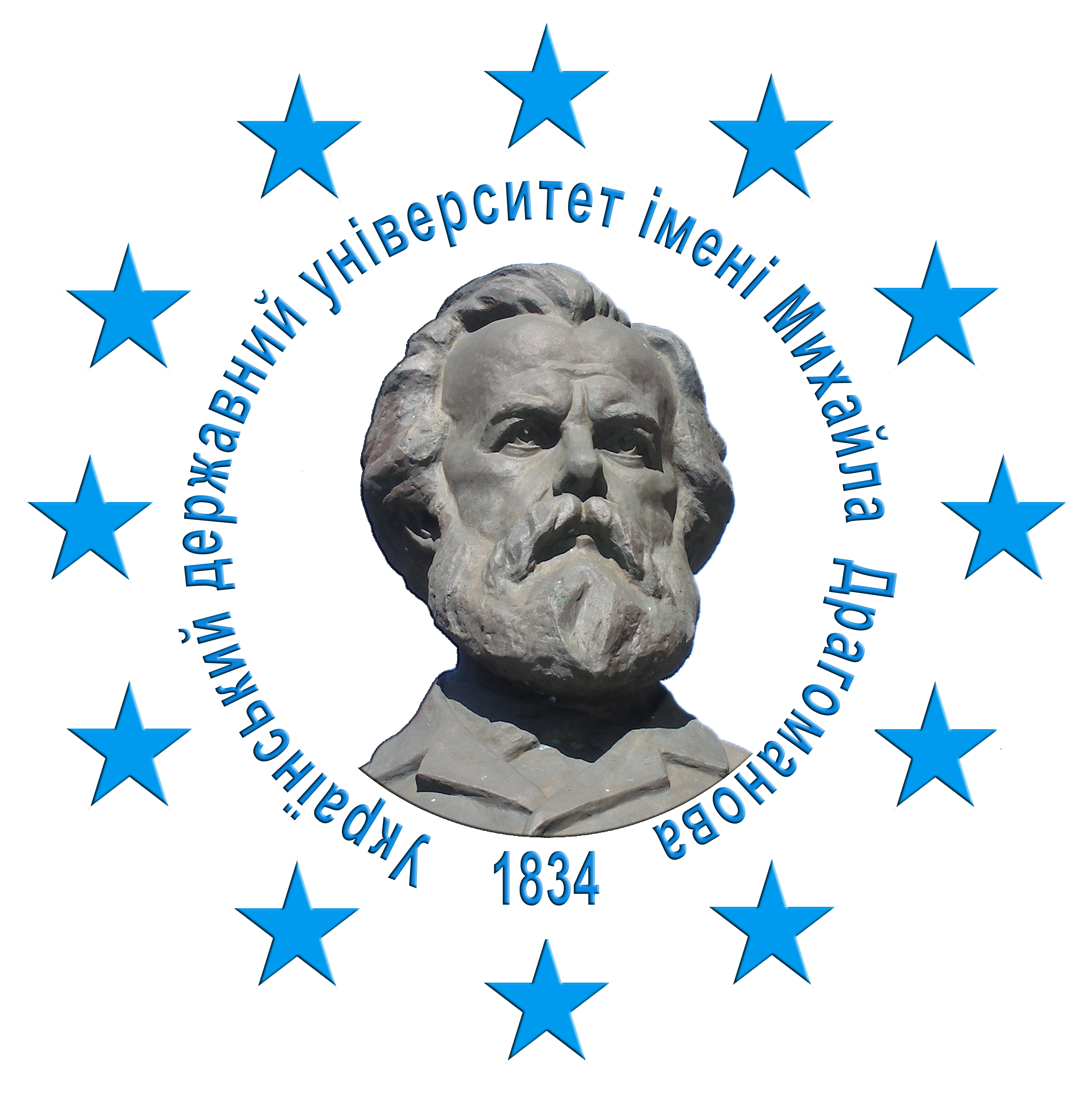СПІВВІДНОШЕННЯ КОНЦЕПЦІЇ ШЛЮБУ ТА ЛЮБОВІ У ПРАЦЯХ ФІЛОСОФІВ У ПЕРІОД ВІД СЕРЕДНЬОВІЧЧЯ ДО МОДЕРНІЗМУ
DOI:
https://doi.org/10.31392/cult.alm.2024.1.32Ключові слова:
шлюб, любов, Августин, Френсіс Бекон, Бонхоффер, Емерсон, Монтень, коханняАнотація
У статті розглянуто питання присутності любові у шлюбі та навпаки шлюб, котрий присутній у любові, з погляду відомих філософів різного часу, важливість присутності одного в іншому та навпаки нівелювання одного з двох. Виокремлено та розглянуто можливості шлюбу без любові та його переваги, любові без шлюбу (плюси та мінуси) та шлюб з любов’ю та наслідки цих варіацій. Основними джерелами нашого дослідження були праці таких філософів, як Аврелій Августин, Мішель Екем де Монтень, Ральф Вольдо Емерсон, Фрідріх Енгельс, Френсіс Бекон, Дітріх Бонхоффер, Фрідріх Шлегель, Ніколя де Шемфор, Жан де Лабруйєр, Георг Вільям Фрідріх Гегель тощо. Також показано різницю між часовими періодами у погляді на два поняття. У часи Середньовіччя, коли основний тон у сімейних стосунках задавала церква, погляд на любов і шлюб був орієнтований на доктринальний аспект, де любов витіснялася очікуваннями від шлюбу та його корисністю для суспільства. У подальшому з виходом з темного середньовіччя відбулась і трансформація бачення шлюбу та любові у суспільстві. З появою лицарської любові та романтизму шлюб відходить на другий план, а любов підіймається на новий рівень важливості. З підходом до Модернізму зустрічаються комбінації поглядів. Розглядається корись від шлюбу як соціального складника, невідокремленого від почуття любові. Погляди дослідників можна поділити на три категорії. Перша категорія надає перевагу любові, яка не зв’язана обов’язками шлюбу, інша окреслює позитивний вплив шлюбу без прив’язаності до любові, котрий виявляється як в діловому (матеріальному) аспекті, так і в соціальному. Третя категорія описує обидва аспекти, коли любов присутня у шлюбі, а шлюб призначений для любові.
Посилання
Августин, А. (1999). Сповідь. Пер. з латн. Ю. Мушка: післям. С. Здіорука. Київ: Основи. 319 с.
Бекон, Ф. (1972). Про шлюб і безшлюбність. Досвіди або настанови моральні і політичні. С. 365–367.
Бонхоффер, Д. (1943). Промова на випадок вінчання в тюремній камері. URL: https://fiercemarriage.com/awedding-sermon-from-a-1943-prison-cell-dietrich-bonhoeffer.
Гегель, Г.В. (1975). Філософія релігії в двох томах. Т.1. URL: https://ibib.ltd.ua/filosofiya-religii-dvuh-tomah.html.
Монтень, М. (2005). Проби. – Книга перша. Пер. з фр. Київ: Дух і літера, 2005. 365 с.
Енгельс, Ф. (1884). Походження сім’ї, приватної власності і держави. URL: https://vpered.wordpress.com/2011/02/24/engels-der-ursprung-der-familie/.
Еразм, Р. (1986). Філософські твори. Наука. 704 c.
Лебрюйєр, Ж. (1987). Роздуми французьких моралістів ХVI–XVII століть Філософія любові. 567 c.
Шамфор, Н.С. (1987). Роздуми французьких моралістів ХVI–XVII століть. Філософія любові. C. 466–469.
Шлегель, Ф. (1987). Естетика, філософія, критика. Мистецтво. 481 с.








